SOCIAL
Instagram’s Updating its Ranking Algorithm to Put More Focus on Original Content

This could cause some headaches for social media managers and content creators on Instagram, at least in the initial stages of implementation.
Today, Instagram chief Adam Mosseri has announced that Instagram is making update to the way that it ranks content, in order to put more focus on original work.
???? New Features ????
We’ve added new ways to tag and improved ranking:
– Product Tags
– Enhanced Tags
– Ranking for originalityCreators are so important to the future of Instagram, and we want to make sure that they are successful and get all the credit they deserve. pic.twitter.com/PP7Qa10oJr
— Adam Mosseri (@mosseri) April 20, 2022
As per Mosseri:
“If you create something from scratch, you should get more credit than if you are resharing something that you found from someone else. [As such] we’re going to do more to try and value original content more, particularly compared to reposted content.”
So what does that mean, exactly?
Does that mean that if you post content from other platforms that you’ll cop a reach penalty on IG?
Does that mean that if a bigger profile re-posts your original content, that you could be penalized as a result?
It’s kind of complex, and Mosseri didn’t seem entirely confident that Instagram would be able to get it right.
In response to various questions on Twitter, Mosseri explained that:
- Content edited outside of Instagram, then uploaded to the app, won’t be penalized under this change. As per Mosseri: “The idea is if you made it, it’s original. It’s okay if you edited it outside of Instagram and then bring it in via the gallery.” As you may recall, Instagram announced last year that content re-shared from other apps which included visible watermarks would be downranked, which was specifically focused on re-shares of TikTok content to Reels. Content with visible logos or watermarks will still be penalized under that policy, in Reels at least, but outside of that, the change is not designed to stop people sharing content edited outside of IG itself.
- Posting history is a factor. Mosseri notes that content aggregators are the focus of this update, and Instagram will be able to refer to an account’s posting history as one way of determining this. “If the account is an aggregator, we’ll more likely be able to detect that it’s not original.” So if you’re re-posting a lot of stuff from other accounts, you’ll likely see a reach decline. Posting trending memes has been a simple way to boost engagement up till now, but maybe, that will no longer be the case.
- Instagram’s original content ranking is a work in progress. Mosseri admits that Instagram can’t know for sure if content is original or not. “We build classifiers to predict how *likely* something is to be original, but that’s not knowing. We look at things like who’s in the video, and if we’ve seen the video before.” So maybe, if you’re sharing content from other sources, there’ll be different people in all of your uploads, and that could be a signal, while Instagram’s algorithm will also look for replicated posts. How will Instagram know which account is the originator, and which is the replicator? Time posted could be one factor, but Mosseri notes that “if it’s someone pretending to be the original creator, which is less likely but could happen, it’ll be hard for us to know.”
In essence, the aim is to reduce the dominance of aggregator sites, and give more credit to original creators. That, ideally, will see fewer content farms or re-posters dominating the Explore feed, while Instagram is also now pushing more recommended posts into your main feed also, and these too should be more original moving forward.
But the system is not perfect, and no doubt some accounts will suffer unjust penalties as a result. But again, Mosseri notes that Instagram will continue to evolve its detection processes over time to better determine where content comes from, and who posted the original, in order to help amplify the true creators, as opposed to letting bigger, farm accounts take all of the engagement.
It could have a big impact, considering the amount of aggregator accounts in the app, or it could be minimal. It’s hard to say right now, but the basic principle will be to continue posting original content to the app – and if you are re-posting, maybe it’s time to lessen your reliance on that content.
For brands, that could also have implications for UGC, and re-using customer posts and updates, if they’re also posting them on their own profiles. UGC can be a great social proof option, and a good way to engage with your community, and really, it will come down to measuring the impacts of the change versus the benefits of posting.
As always, it’s all about experimentation, and seeing how the update shifts the needle in the app over time.
SOCIAL
Snapchat Explores New Messaging Retention Feature: A Game-Changer or Risky Move?
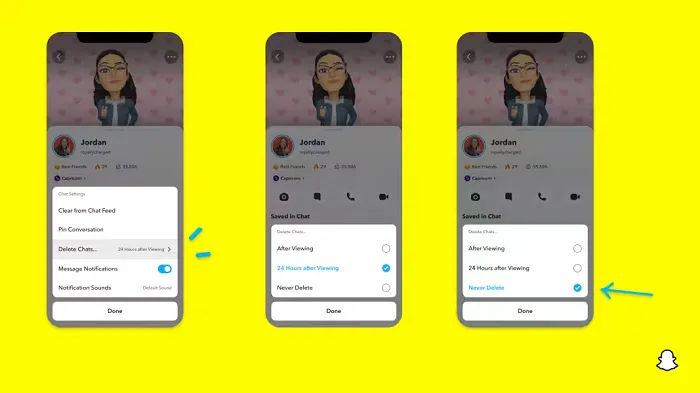
In a recent announcement, Snapchat revealed a groundbreaking update that challenges its traditional design ethos. The platform is experimenting with an option that allows users to defy the 24-hour auto-delete rule, a feature synonymous with Snapchat’s ephemeral messaging model.
The proposed change aims to introduce a “Never delete” option in messaging retention settings, aligning Snapchat more closely with conventional messaging apps. While this move may blur Snapchat’s distinctive selling point, Snap appears convinced of its necessity.
According to Snap, the decision stems from user feedback and a commitment to innovation based on user needs. The company aims to provide greater flexibility and control over conversations, catering to the preferences of its community.
Currently undergoing trials in select markets, the new feature empowers users to adjust retention settings on a conversation-by-conversation basis. Flexibility remains paramount, with participants able to modify settings within chats and receive in-chat notifications to ensure transparency.
Snapchat underscores that the default auto-delete feature will persist, reinforcing its design philosophy centered on ephemerality. However, with the app gaining traction as a primary messaging platform, the option offers users a means to preserve longer chat histories.
The update marks a pivotal moment for Snapchat, renowned for its disappearing message premise, especially popular among younger demographics. Retaining this focus has been pivotal to Snapchat’s identity, but the shift suggests a broader strategy aimed at diversifying its user base.
This strategy may appeal particularly to older demographics, potentially extending Snapchat’s relevance as users age. By emulating features of conventional messaging platforms, Snapchat seeks to enhance its appeal and broaden its reach.
Yet, the introduction of message retention poses questions about Snapchat’s uniqueness. While addressing user demands, the risk of diluting Snapchat’s distinctiveness looms large.
As Snapchat ventures into uncharted territory, the outcome of this experiment remains uncertain. Will message retention propel Snapchat to new heights, or will it compromise the platform’s uniqueness?
Only time will tell.
SOCIAL
Catering to specific audience boosts your business, says accountant turned coach
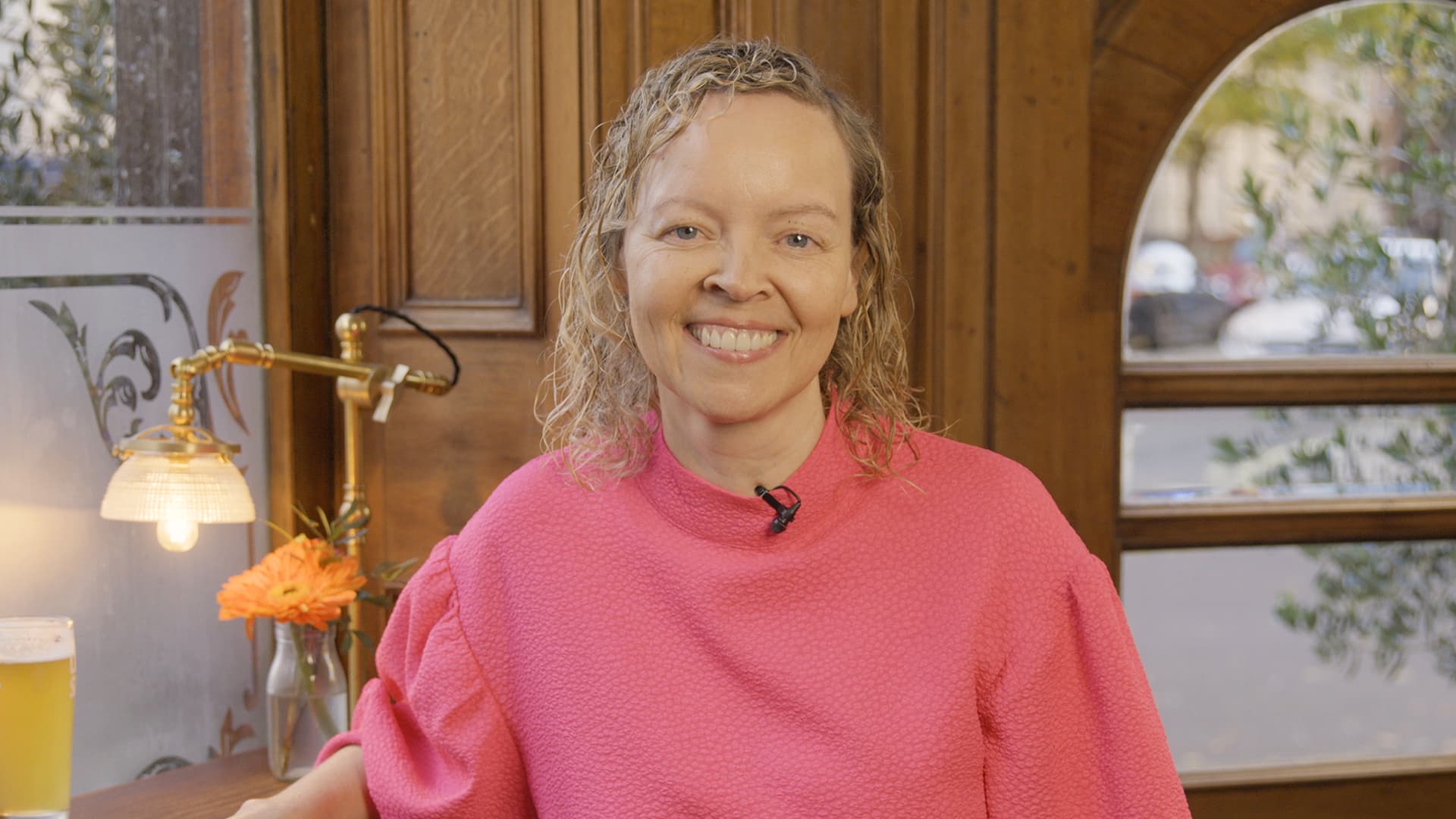
While it is tempting to try to appeal to a broad audience, the founder of alcohol-free coaching service Just the Tonic, Sandra Parker, believes the best thing you can do for your business is focus on your niche. Here’s how she did just that.
When running a business, reaching out to as many clients as possible can be tempting. But it also risks making your marketing “too generic,” warns Sandra Parker, the founder of Just The Tonic Coaching.
“From the very start of my business, I knew exactly who I could help and who I couldn’t,” Parker told My Biggest Lessons.
Parker struggled with alcohol dependence as a young professional. Today, her business targets high-achieving individuals who face challenges similar to those she had early in her career.
“I understand their frustrations, I understand their fears, and I understand their coping mechanisms and the stories they’re telling themselves,” Parker said. “Because of that, I’m able to market very effectively, to speak in a language that they understand, and am able to reach them.”Â
“I believe that it’s really important that you know exactly who your customer or your client is, and you target them, and you resist the temptation to make your marketing too generic to try and reach everyone,” she explained.
“If you speak specifically to your target clients, you will reach them, and I believe that’s the way that you’re going to be more successful.
Watch the video for more of Sandra Parker’s biggest lessons.
SOCIAL
Instagram Tests Live-Stream Games to Enhance Engagement
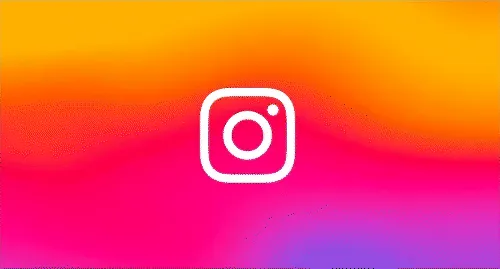
Instagram’s testing out some new options to help spice up your live-streams in the app, with some live broadcasters now able to select a game that they can play with viewers in-stream.
As you can see in these example screens, posted by Ahmed Ghanem, some creators now have the option to play either “This or That”, a question and answer prompt that you can share with your viewers, or “Trivia”, to generate more engagement within your IG live-streams.
That could be a simple way to spark more conversation and interaction, which could then lead into further engagement opportunities from your live audience.
Meta’s been exploring more ways to make live-streaming a bigger consideration for IG creators, with a view to live-streams potentially catching on with more users.
That includes the gradual expansion of its “Stars” live-stream donation program, giving more creators in more regions a means to accept donations from live-stream viewers, while back in December, Instagram also added some new options to make it easier to go live using third-party tools via desktop PCs.
Live streaming has been a major shift in China, where shopping live-streams, in particular, have led to massive opportunities for streaming platforms. They haven’t caught on in the same way in Western regions, but as TikTok and YouTube look to push live-stream adoption, there is still a chance that they will become a much bigger element in future.
Which is why IG is also trying to stay in touch, and add more ways for its creators to engage via streams. Live-stream games is another element within this, which could make this a better community-building, and potentially sales-driving option.
We’ve asked Instagram for more information on this test, and we’ll update this post if/when we hear back.
-

 SEO7 days ago
SEO7 days agoGoogle Limits News Links In California Over Proposed ‘Link Tax’ Law
-

 SEARCHENGINES6 days ago
SEARCHENGINES6 days agoGoogle Core Update Volatility, Helpful Content Update Gone, Dangerous Google Search Results & Google Ads Confusion
-
SEARCHENGINES7 days ago
Daily Search Forum Recap: April 12, 2024
-
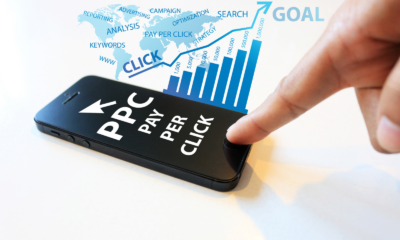
 SEO6 days ago
SEO6 days ago10 Paid Search & PPC Planning Best Practices
-

 MARKETING6 days ago
MARKETING6 days ago2 Ways to Take Back the Power in Your Business: Part 2
-

 MARKETING4 days ago
MARKETING4 days ago5 Psychological Tactics to Write Better Emails
-

 PPC6 days ago
PPC6 days agoCritical Display Error in Brand Safety Metrics On Twitter/X Corrected
-
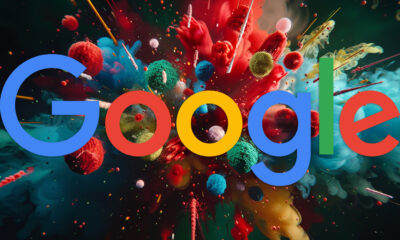
 SEARCHENGINES5 days ago
SEARCHENGINES5 days agoWeekend Google Core Ranking Volatility



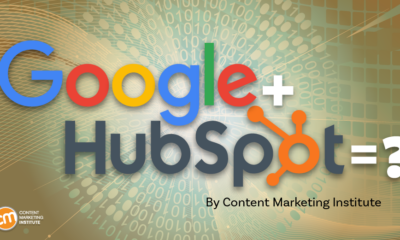



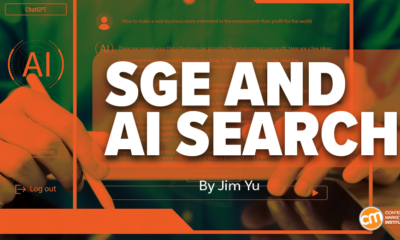



You must be logged in to post a comment Login